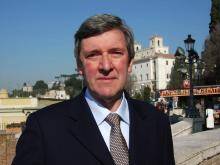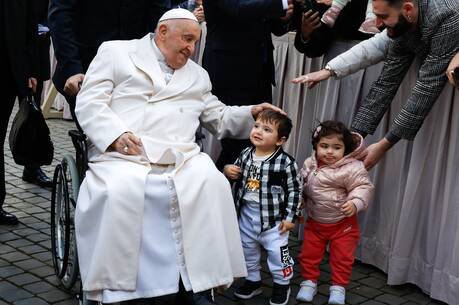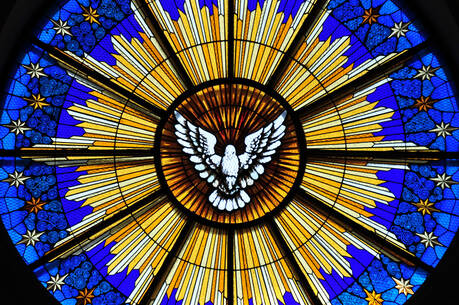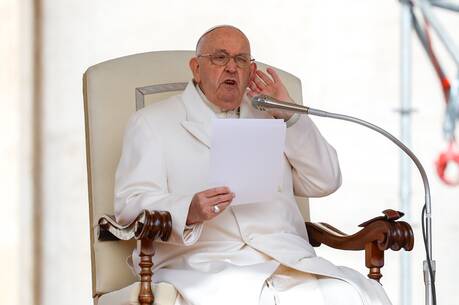Pope Francis is engaged in a slow but determined process to remake the College of Cardinals and renew the electors who will choose his successor. His aim is to increase the college’s universality by affirming the churches on the peripheries, to correct present imbalances and to ensure there is a variety of suitable candidates to succeed him at the next conclave.
He is remolding the college through carefully measured steps, but he may have to increase the overall number of papal electors if he wishes to reach all these goals within five years.
First of all, he is moving away, slowly but surely, from the Eurocentrism that has been the hallmark of the College of Cardinals for centuries (in which Italians were always the overwhelming bloc). He is doing this in a variety of ways. In Italy, for example, he has broken the career system and the unwritten tradition according to which appointment to certain major sees automatically brought the red hat with it. So he has not made the patriarch of Venice or the archbishop of Turin a cardinal, but he has given red hats to the bishops of the dioceses of Perugia, Ancona and Agrigento.
He is seeking, moreover, to reduce the number of red hats in Europe by placing the old continent (excluding Italy) on a par with Asia and Africa in the 2014 and 2015 consistories. He actually gave one more red hat to Asia and Latin America than to Europe (excluding Italy) in 2015.
He is also seeking to correct the imbalance in the number of cardinal electors from the United States that has built up over the past half century. This goal is more achievable over the next three to five years. Today, the United States has 11 electors, whereas Brazil, Mexico and the Philippines have far fewer cardinals but many more Catholics. Francis could reduce the number of electors from the United States to single digits in that time frame by making fewer U.S. cardinals as the current crop cease to be electors by reason of age.
Pope Francis is reducing drastically the number of cardinals in the Roman Curia. In the past they exercised enormous influence in the conclaves. Today they count for some 25 percent of the electors. But as he indicated in last December’s interview with Elisabetta Piqué (my wife) for La Nación, with the reform of the Roman Curia only the heads of the congregations will be cardinals. That would reduce their number significantly.
On the other hand, the pope “from the end of the world” knows what it means to be on the periphery and to not count for much at the center. He is conscious that many churches and church leaders living in the peripheries are often in great poverty or in conflict situations, but up to now they have not counted much when it comes to decision-making in Rome. He wants to affirm their full citizenship in the church, so in the 2014 and 2015 consistories he assigned red hats to prelates from Burkina Faso, Haiti, Nicaragua, Panama, Ivory Coast, Cape Verde, Tonga and Myanmar. Most of these countries did not have cardinals before.
Above all else, however, Francis is looking very carefully at the pastoral profile of the man to whom he gives the red hat. In Italy, for example, in the 2014 and 2015 consistories he has carefully chosen pastors who are prayerful, courageous, open-minded, humble men with a simple lifestyle, not careerists or ideologues, pastors committed to the culture of encounter, not men of confrontation. The identikit of these and future cardinals in this pontificate can be found in the Argentine pope’s programmatic document, “The Joy of the Gospel,” and in the talks he gave to the nuncios at the end of June 2013, and to the Congregation for Bishops in February 2014.
Following this month’s consistory there will be 125 cardinal electors, 31 of them created by Pope Francis, divided as follows: 57 Europeans (including 26 Italians), 15 Africans, 14 Asians, 15 North Americans (Canada 4, U.S. 11), 22 from Central and South America (including Mexico), 2 from Oceania (Australia and New Zealand).
It is becoming clear, however, that even if Francis follows his current logic, he will not be able to substantially correct the European and Italian imbalance among the electors within five years unless he increases the overall number of electors from the present 120 to 140 or more and assigns the extra red hats to those outside Europe. That possibility cannot be ruled out.








